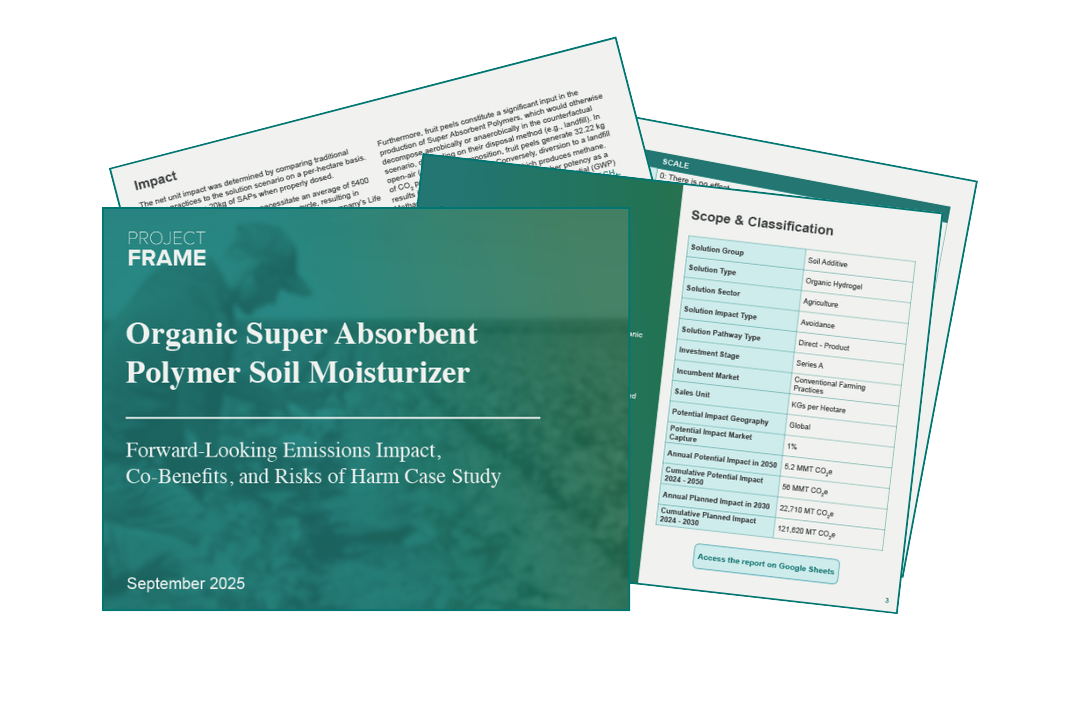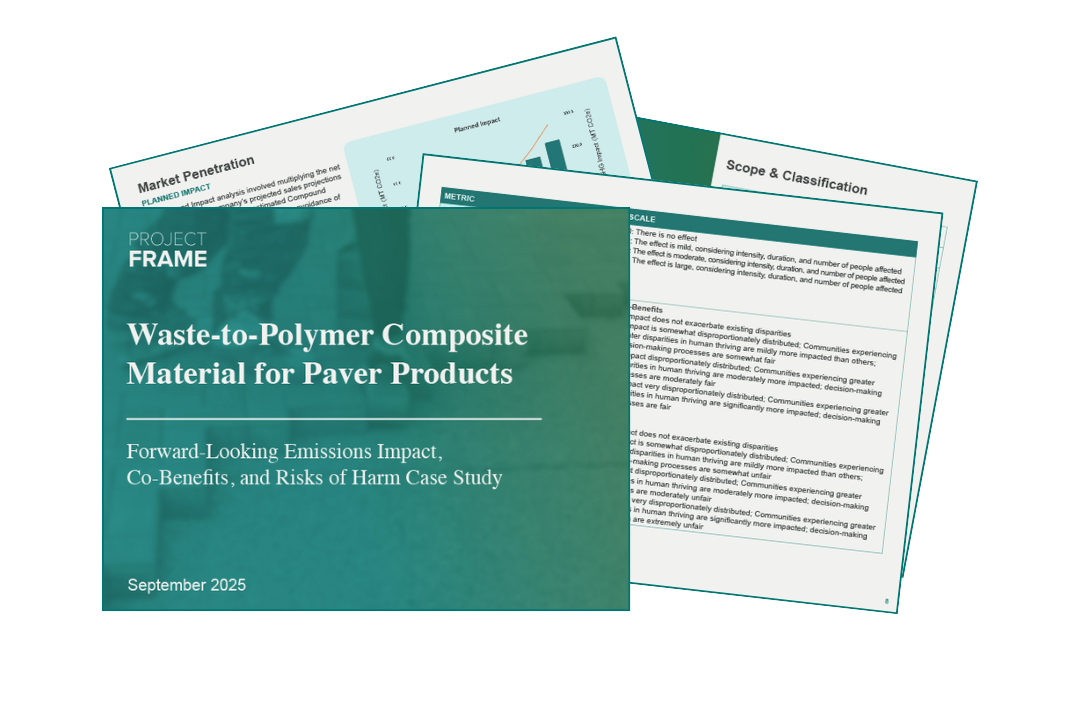New Case Studies Explore Climate Co-Benefits & Risks of Harm | September 2025 Community Meeting
Project Frame was honored to host its final Community Meeting of 2025 on September 24, co-hosted by Prime Coalition and Climate Collective. This meeting marked the first Community Meeting accessible to Asia-based time zones, reflecting our commitment to expanding access to an ever-growing global audience.
Examining Effects Beyond GHGs
The Community Meeting represented the culmination of a year-long Case Studies Working Group, in which multiple climate organizations collaborated to produce two forward-looking GHG impact assessments, utilizing Project Frame’s Planned Impact and Potential Impact methodologies. Additionally, the Working Group explored a framework developed by Prime Coalition for assessing co-benefits and risks of harm for climate solutions. Prime applies this framework internally to analyzing effects on Elements of Human Thriving, and the Case Studies Working Group was able to analyze a wide range of both positive and negative effects for these two solutions.
“ In our experience of working with startups in the climate tech space, we are clearly observing a gradual shift in focus from looking solely at emissions reduction to also prioritizing other climate co-benefits such as communities, livelihoods, health and wellbeing of people especially in regions like South Asian and Southeast Asia that are among the hardest hit when it comes to the climate crisis,” said Poulomy Banerjee, Impact Specialist with Climate Collective, at the meeting.
“But what we see unfortunately is that measuring the impact of these solutions is not always very straightforward,” Banerjee continued, explaining why it was important for the Frame community to come together to create these case studies.
The co-benefit and risk of harm analysis is in its nascent stages and endeavors to describe direct effects on the well-being of people and the planet, in addition to the indirect effects achieved by reducing or removing emissions. This exploration served as a valuable learning experience, rather than proposing an official methodology.
Further work is required to establish benchmarks and/or criteria for measurement, to assess and compare community and population impacts of prospective investments, to quantify avoided losses, and to evaluate trade-offs with decarbonization efforts.
Circular Economy & Food Systems
The two solutions studied by this Working Group are both real climate solutions currently being deployed and benefiting communities across Asia.
This technology is a biodegradable hydrogel produced entirely from fruit peel waste to serve as an organic super absorbent polymer (SAP) in soils of drought-stricken agricultural land. These eco-friendly SAPs can absorb and retain up to 50x their weight in water, offering exceptional hydration capacity for agricultural soils while minimizing irrigation and fertilizer needs. The use of biomass as a feedstock avoids the landfilling or open-air decomposition of fruit peels that contribute both methane and CO2 emissions.
This technology converts a variety of low-value waste materials, including single-use plastics, construction and demolition (C&D) waste, and industrial by-products, into high-performance composite building materials. These materials, including pavers, tiles, blocks, and roofing elements, are designed to replace traditional concrete building materials. The technology achieves a closed-loop system, reducing waste disposal, conserving natural resources, and generating low-emission products (such as pavers) that actively contribute to climate change mitigation.
Our community frequently tells us that case studies are the most valuable resource for understanding the Project Frame methodology. They offer real-world examples, illustrating decisions, assumptions, and logic.
Explore our full library of case studies to deepen your understanding!
Global Collaboration
This Working Group resulted from a close collaboration between Prime Coalition, as the convener of Project Frame, and Climate Collective, an active member of Project Frame and the largest private climate tech startup support organization in South Asia, focused on empowering startups by leveraging available resources, partnerships, knowledge, and opportunities within the ecosystem.
Thank you to the following organizations for your valuable contributions and insights to the 2024/2025 Case Studies Working Group:
Prime Coalition, Climate Collective, Saltech Design Lab, EF Polymer, Ashwatta, Boston Consulting Group, ClimatePoint, Center for Social Value Enhancement Studies, Energy Environment Investment, GenZero, Green Artha, iRoller, Mandalay VC, Undivided Ventures, Upaya Social Ventures, Wollemi, Omnivore VC, SeedFuture.
Project Frame’s work thrives on collaboration, driven by a science-backed and consensus-oriented approach. We believe this methodology not only ensures high-quality outcomes but also accelerates the widespread adoption of transparency and accountability within IMM. We are incredibly grateful for the dedication and hard work of our volunteers. Fostering strong connections enables us to incorporate diverse perspectives, engage in constructive debate, and cultivate further collaboration beyond the immediate Working Group.
Disclaimer: These Case Studies were developed by the Project Frame Case Studies Working Group with the intention to advance the practice of forward-looking emissions impact assessment and the Impact Measurement & Management field by showcasing different approaches and tools. Project Frame invites investors to share their own examples and provide feedback to help us improve our case study format and impact assessment guidance by reaching out to impact@primecoalition.org.
Project Frame is not a regulatory body, nor should its content be considered financial advice. Methodology guidance produced by Project Frame represents our contributors’ consensus and not one singular entity. Our work is intended for readers to review and use their best judgement to accelerate GHG mitigation with transparency and accountability.


